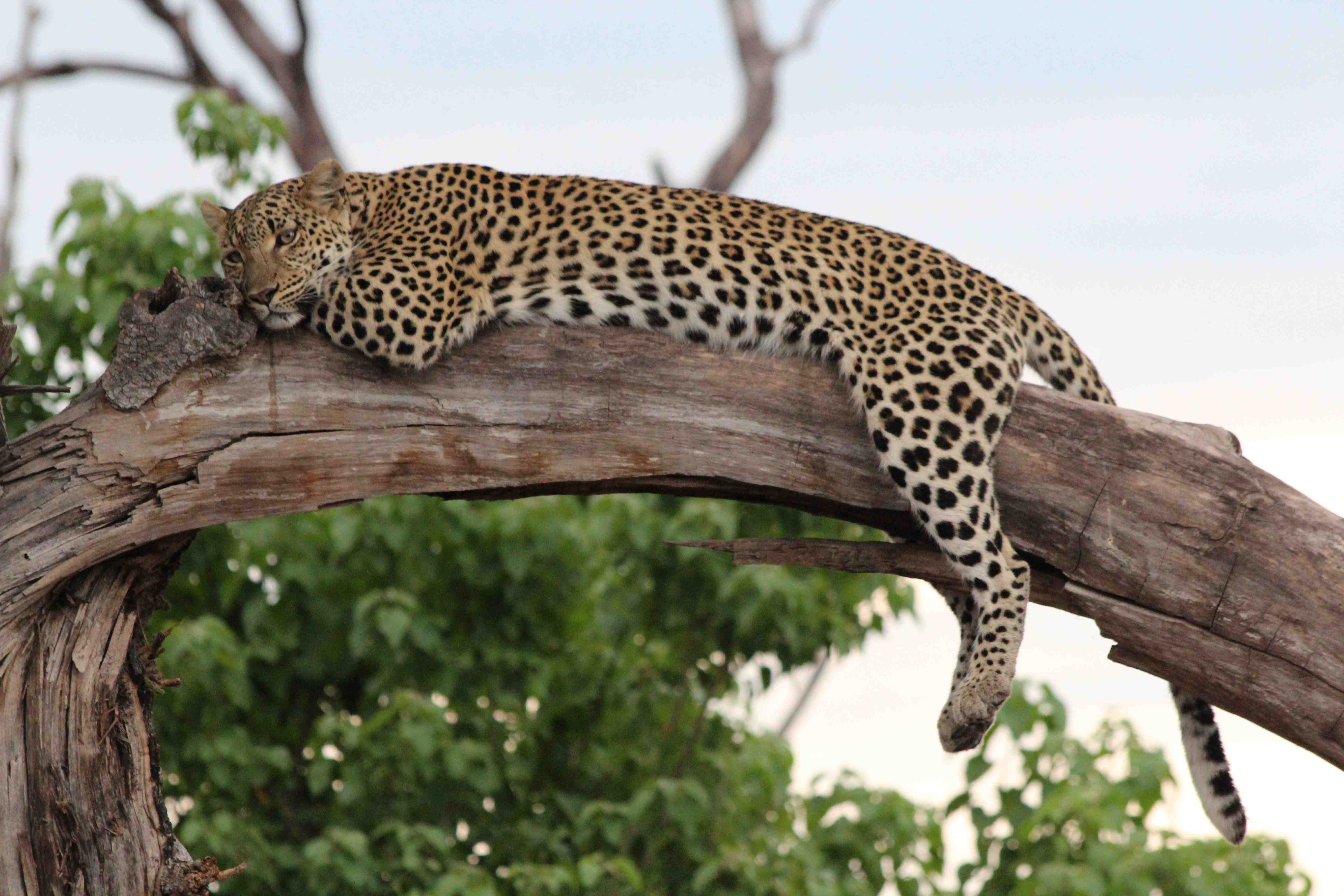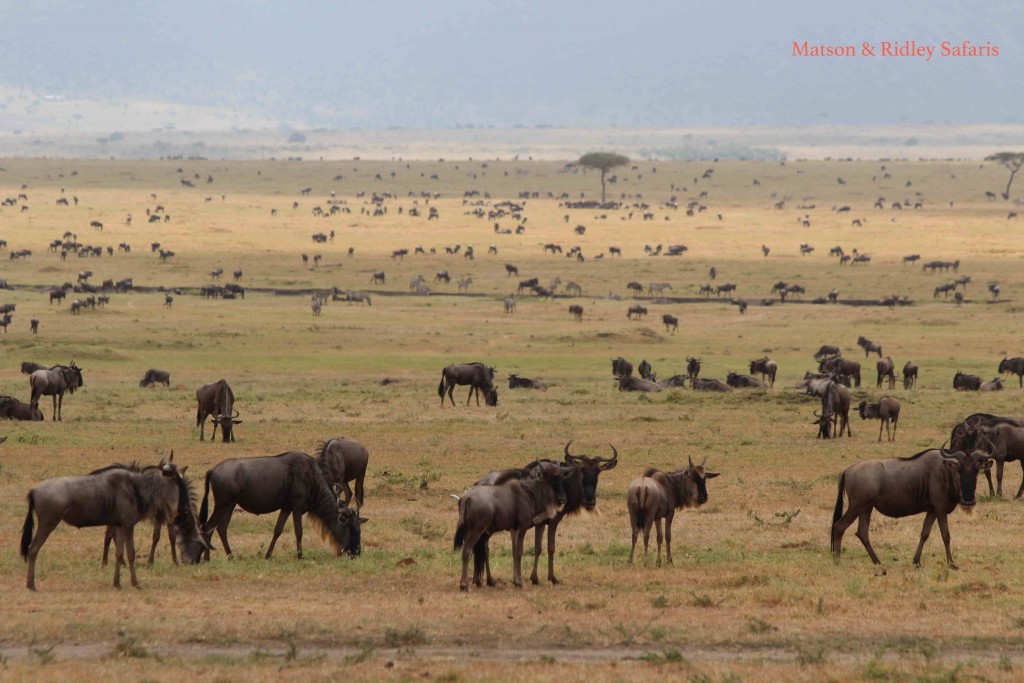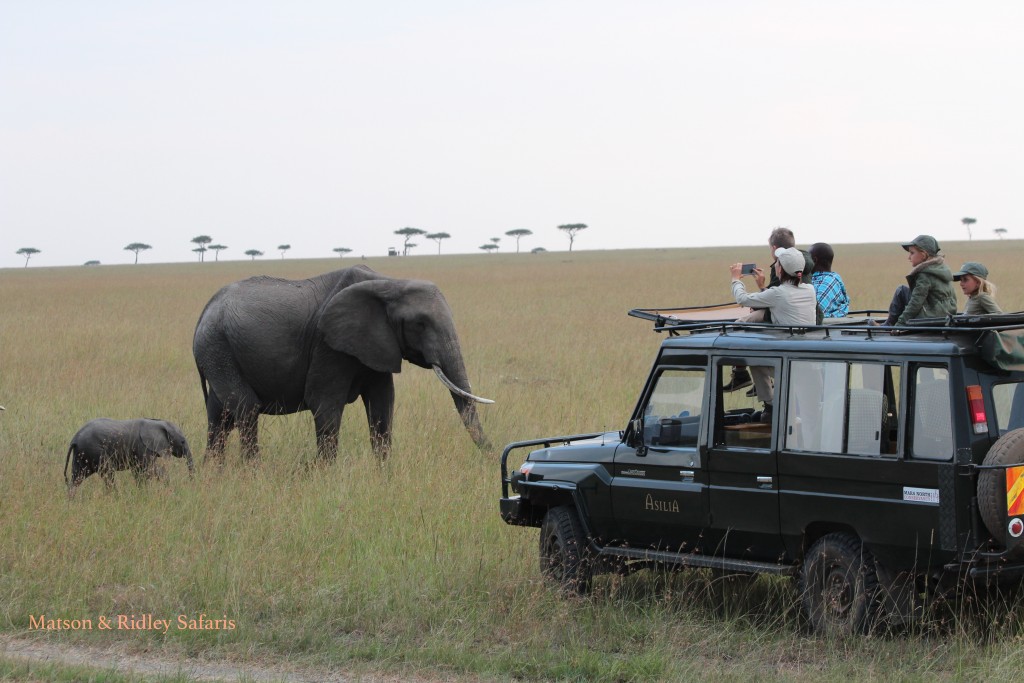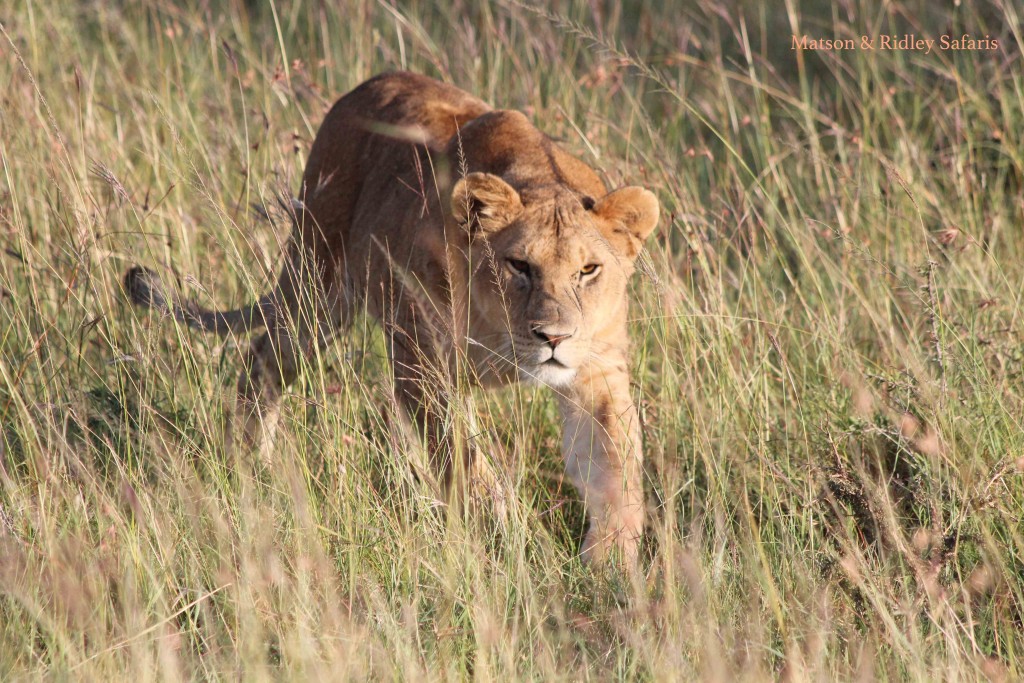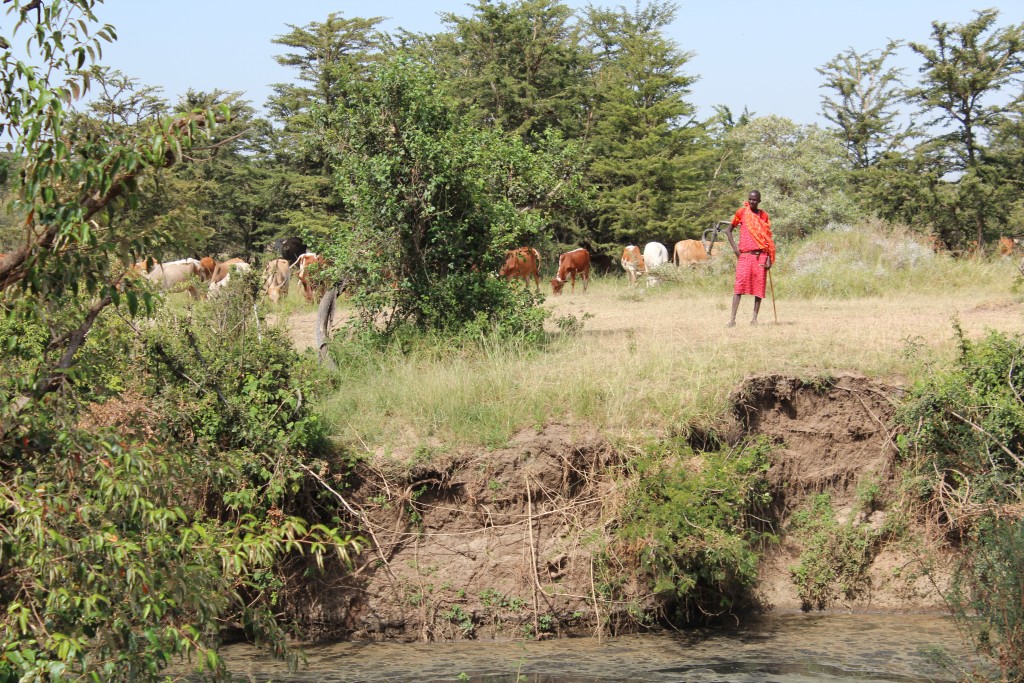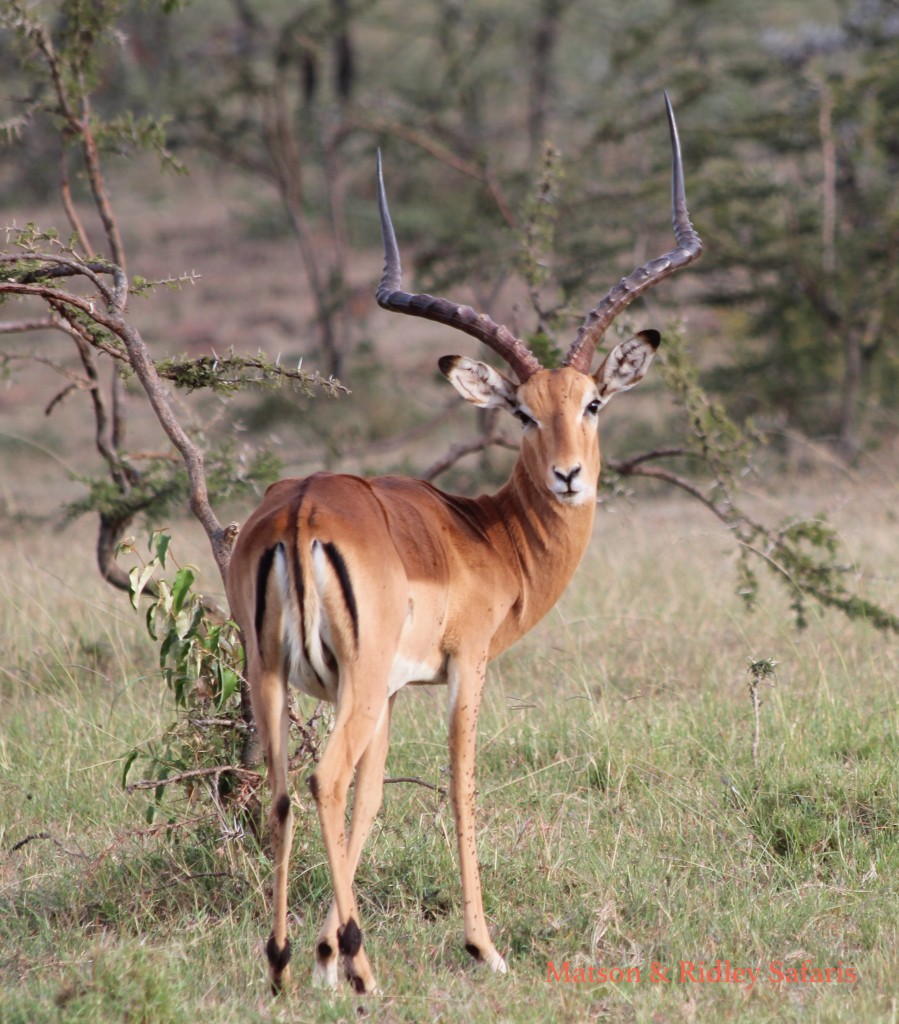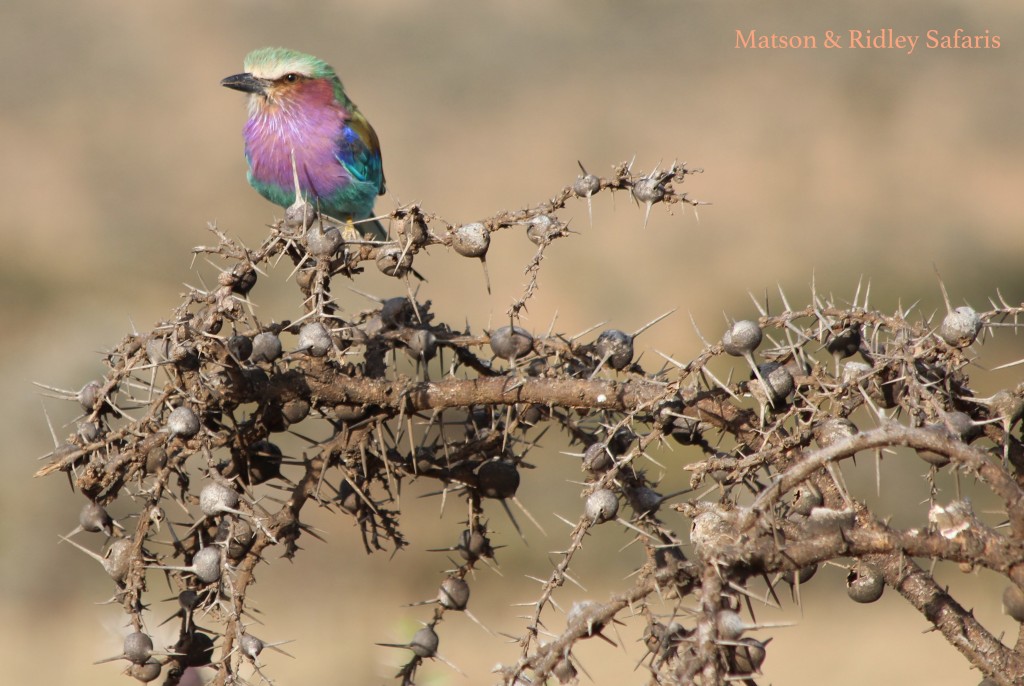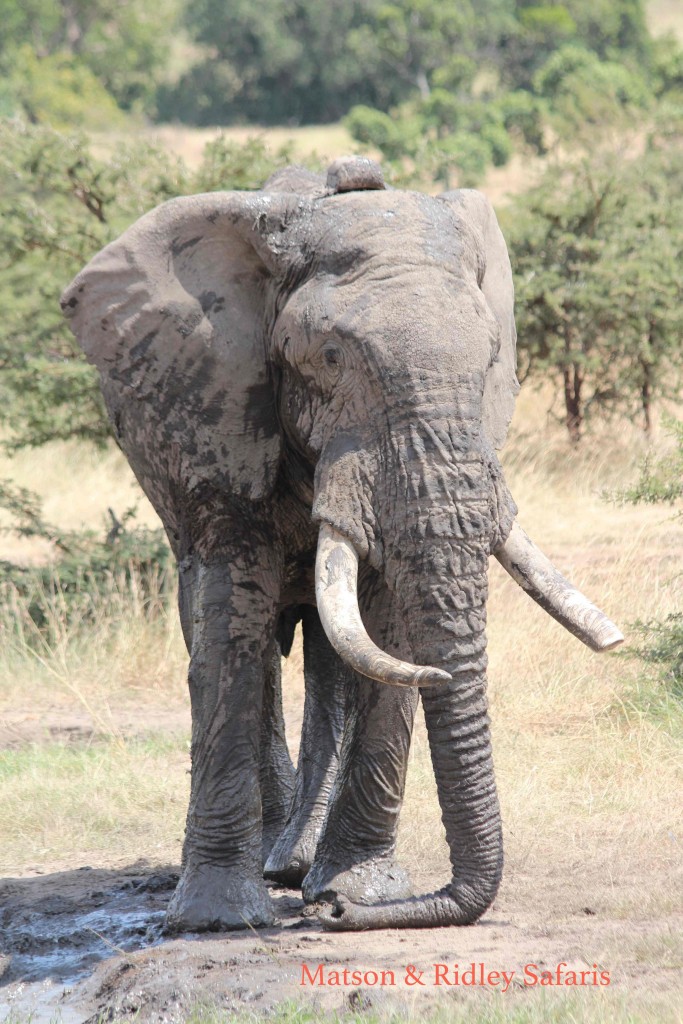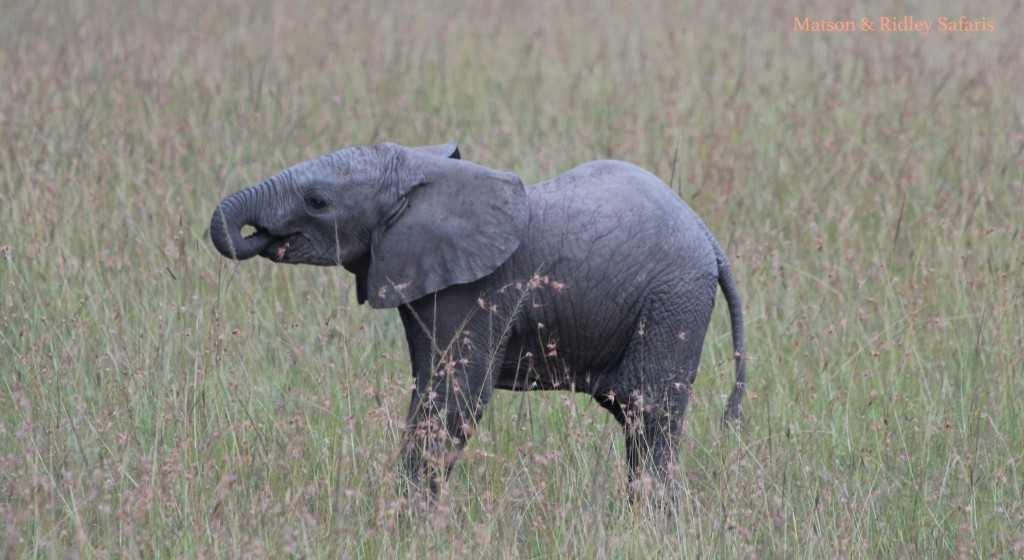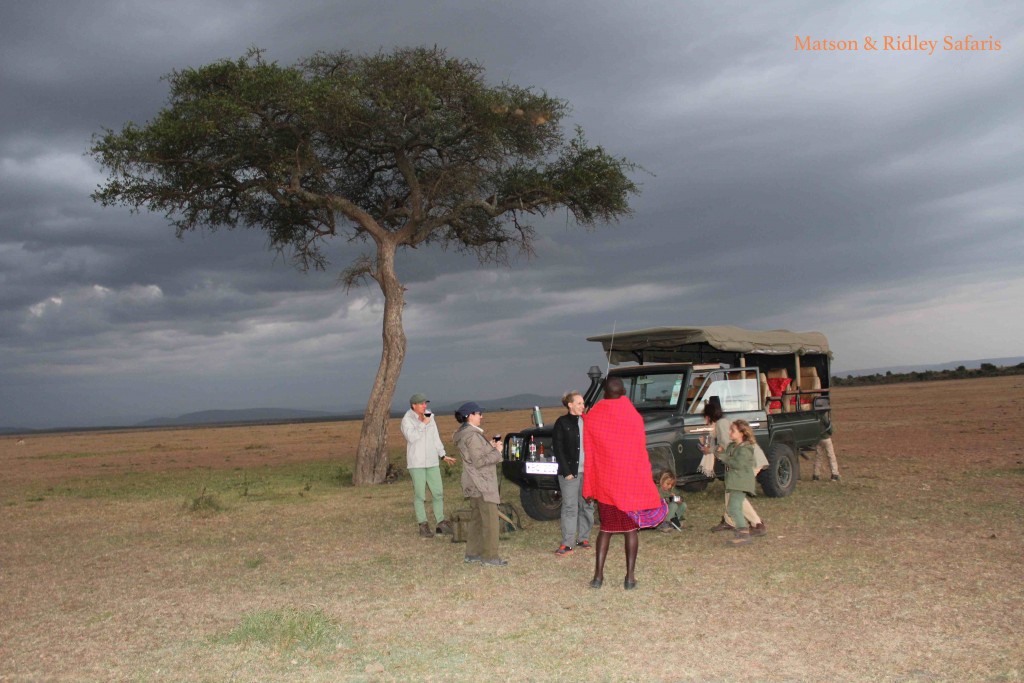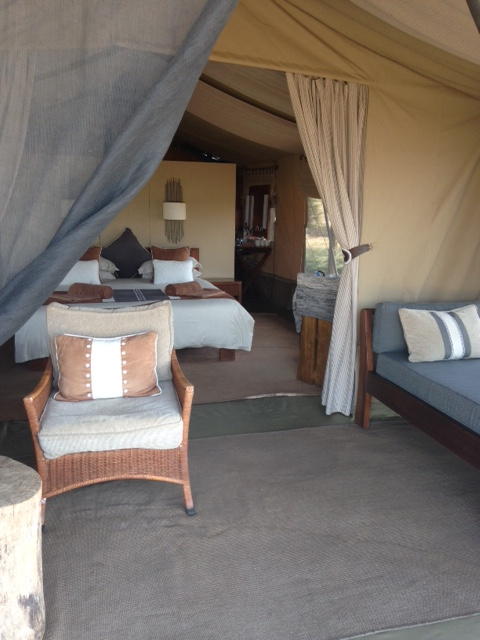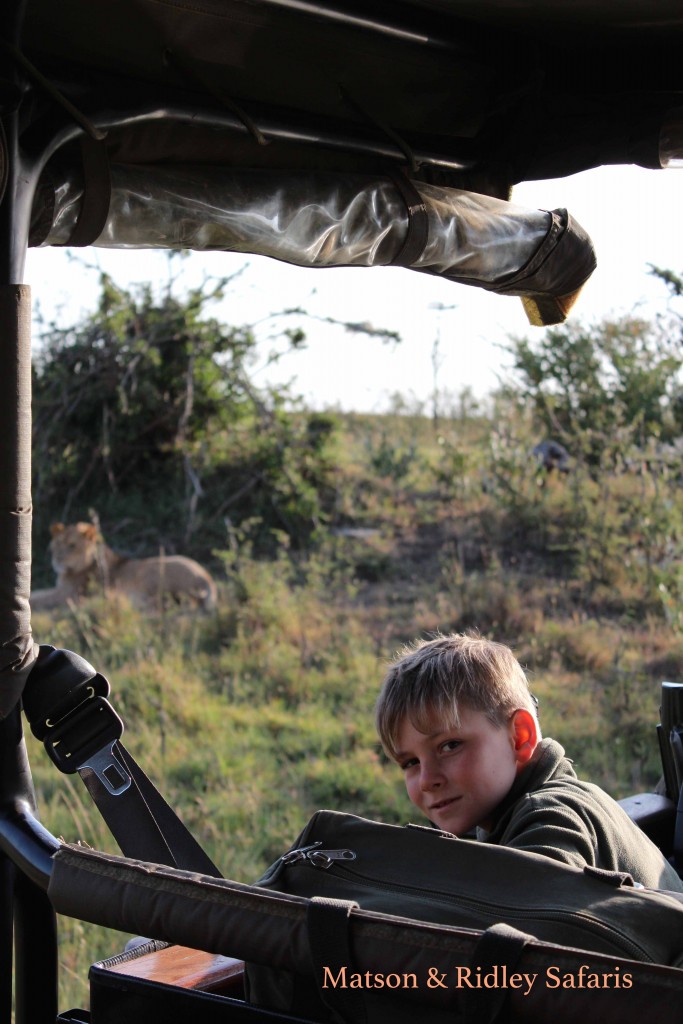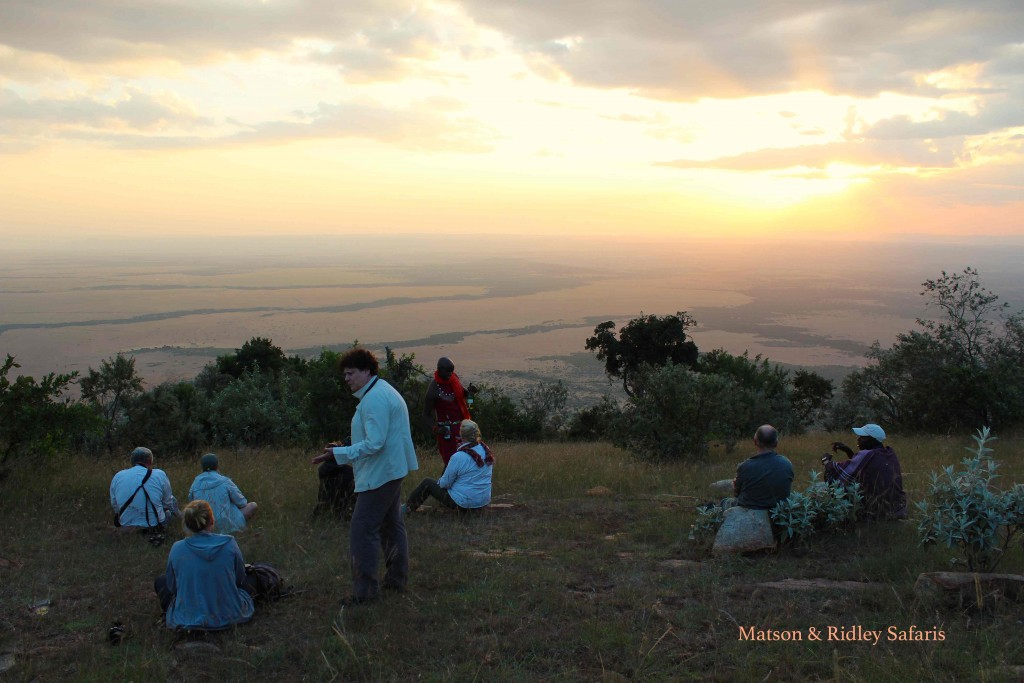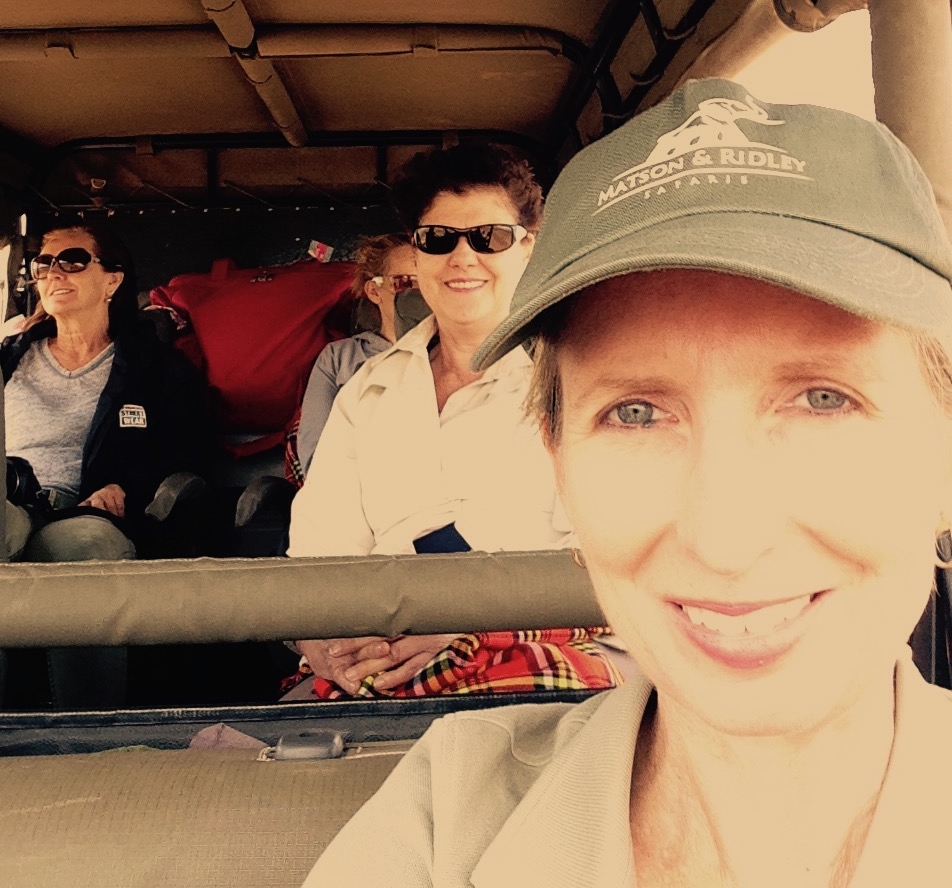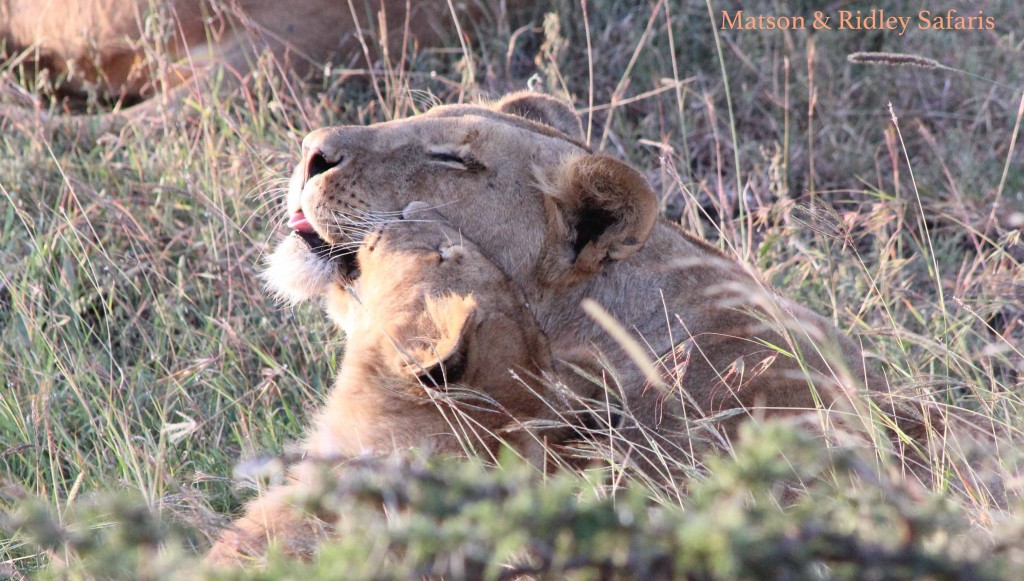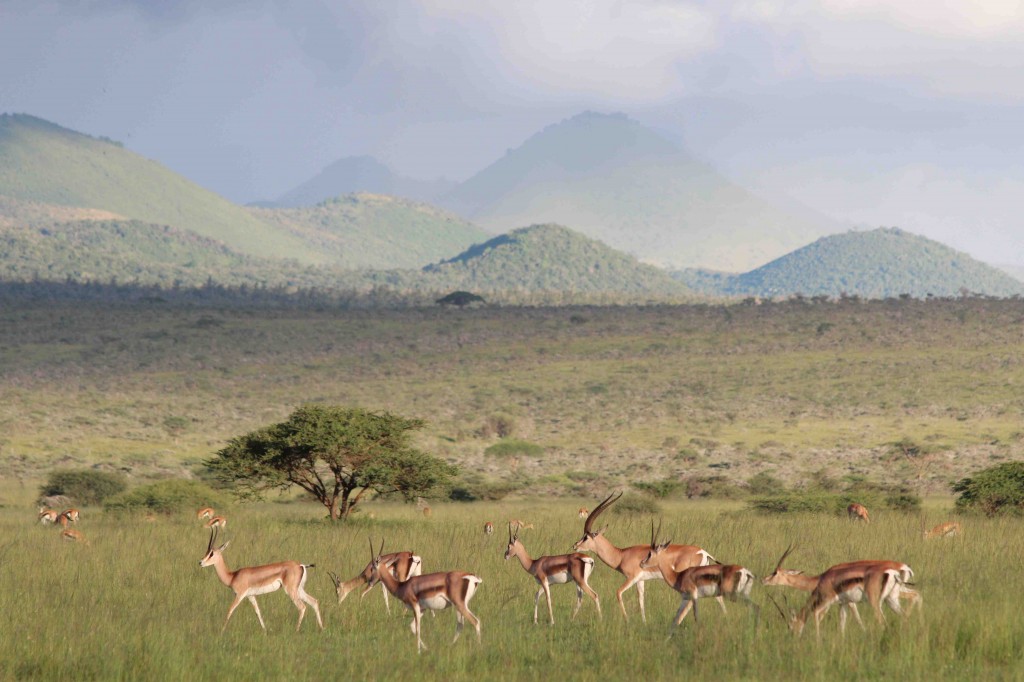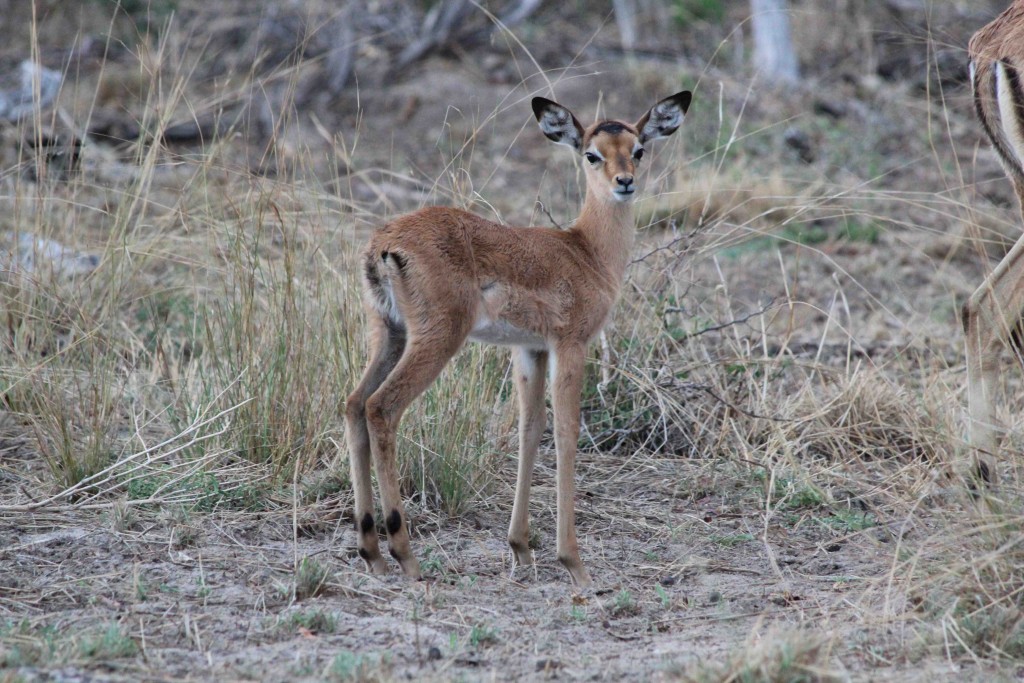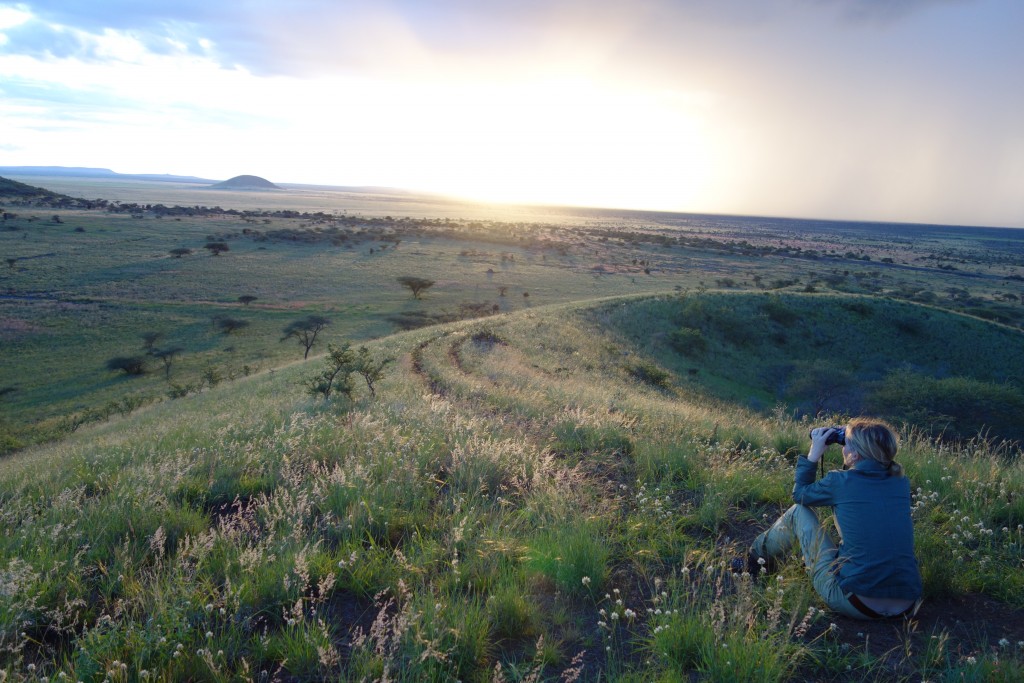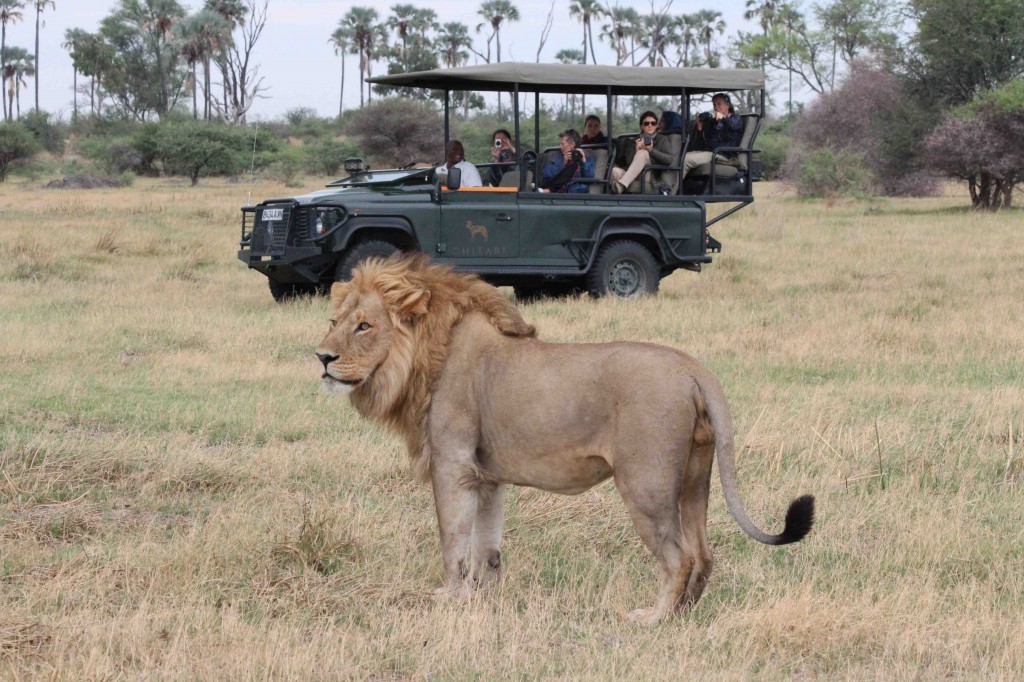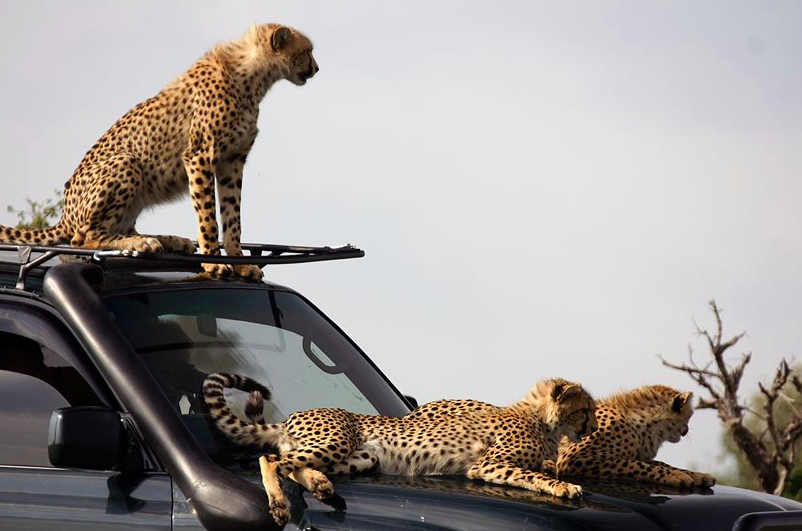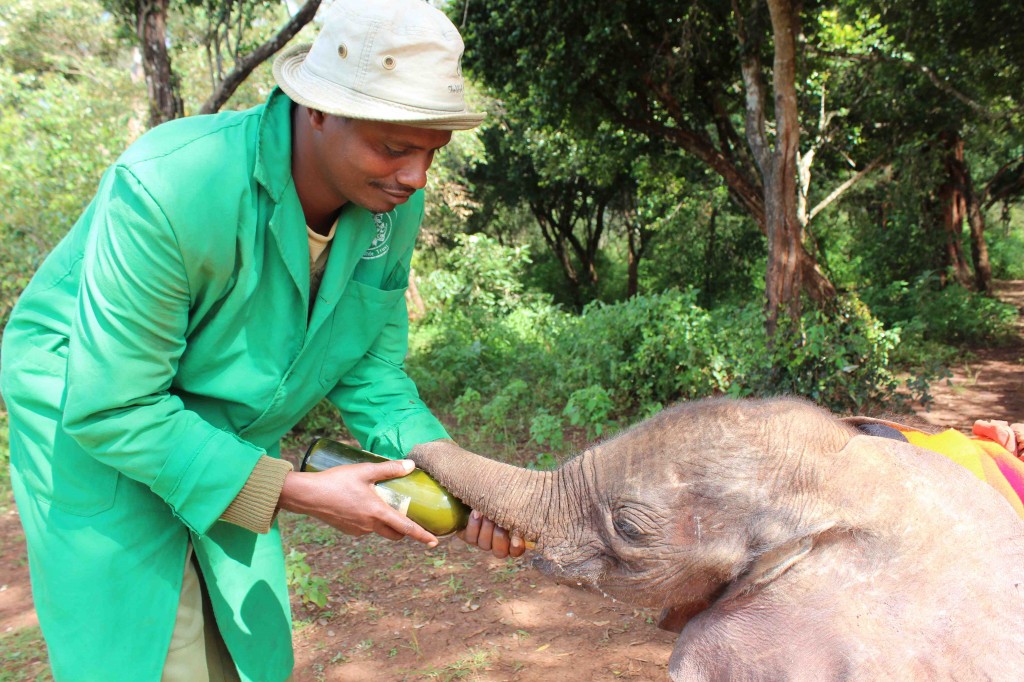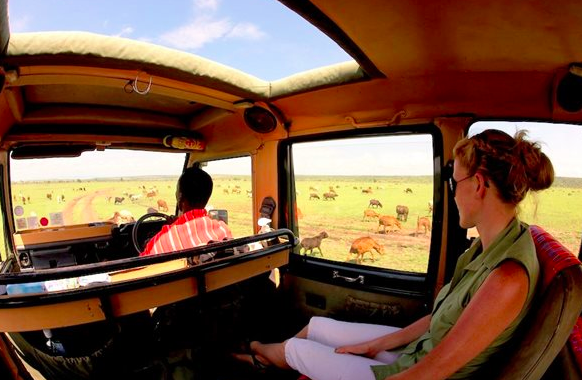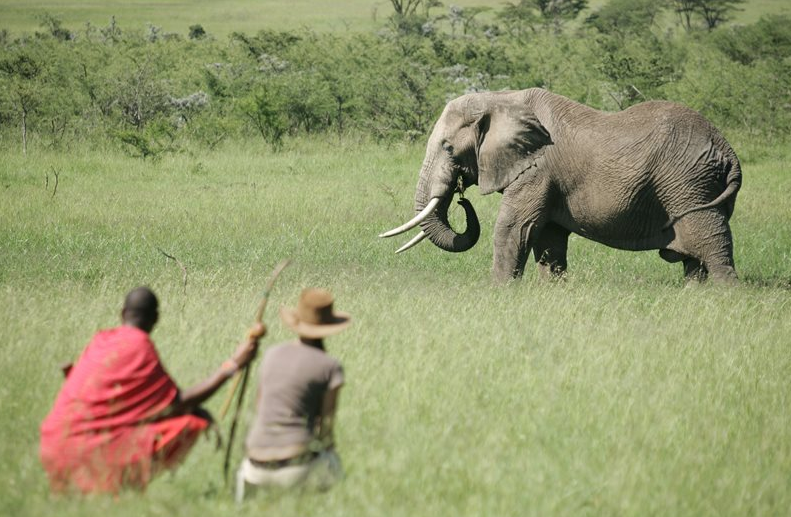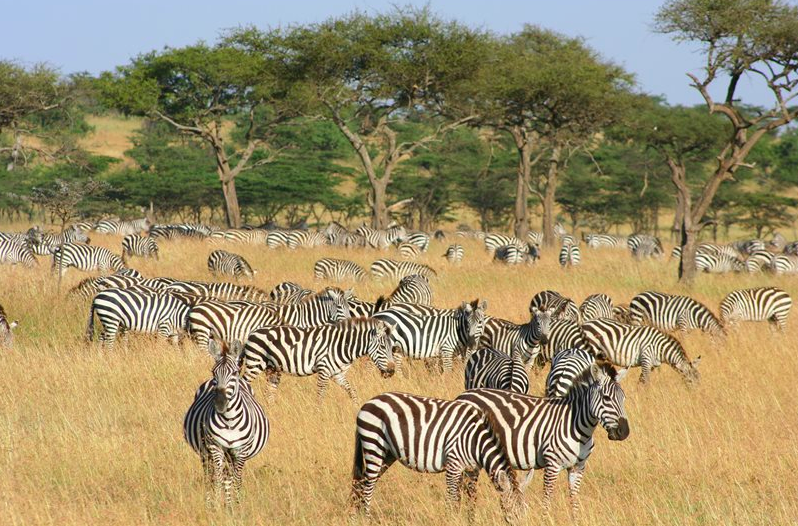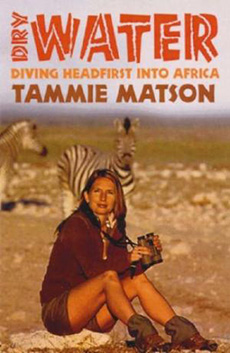Price reduction for Kenya & special deals on Botswana!!
Kenya and Botswana are two of the most amazing wildlife destinations in Africa, but they do come at a price. If you’ve always wanted to travel to these countries, you can save a lot of money by going in the green season.
Today I can announce a great saving on my Kenyan safari from 20-27 February next year. I’m taking a small, intimate group of adventurers with me to the world famous Maasai Mara in Kenya, following a visit to the wonderful elephant orphanage run by Dame Daphne Sheldrick in Nairobi, staying in the best areas in communal conservancies that directly benefit local Maasai communities. I still have a few spots left and I’m offering them at a reduced rate if you get in quick!
Price now reduced to US$5000/per person sharing!! Contact me now for the full itinerary. This saving is only valid for the next two weeks til 6th November, so get in quick for this special last minute rate!
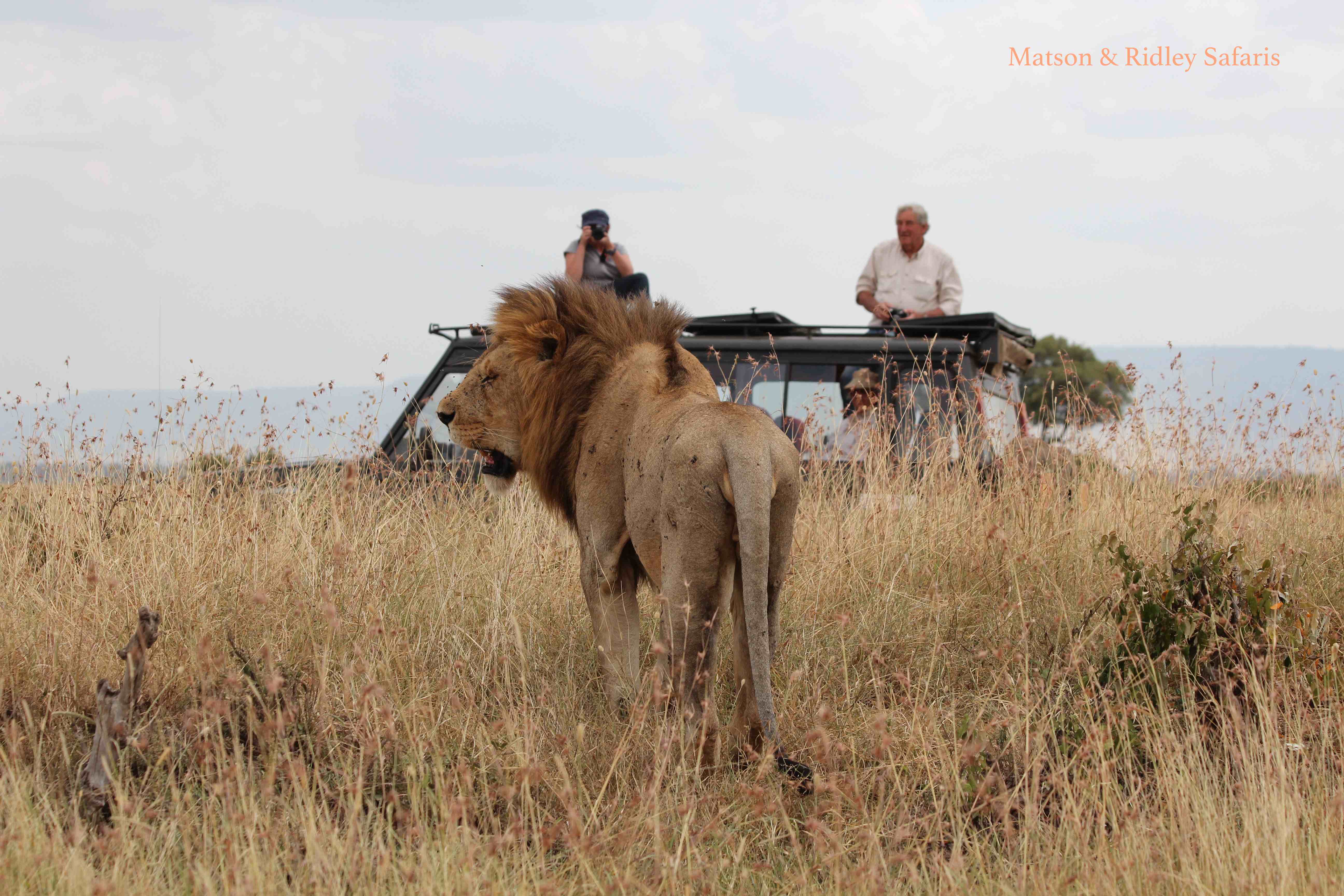
Our group watches an exhausted male lion (in between a week of mating every twenty minutes) – photo taken on my group safari July 2015
Check out my photos from the Maasai Mara in July here – it’s spectacular! Our trip in February is during the green season which is just beautiful and full of baby animals….
And there are some great deals going in the Okavango Delta if you can travel between January and April next year. Consider going on a 6 night safari at prime Wilderness Safaris explorations camps in this world heritage area for just US$3,499/person sharing (valid for travel between Jan-April, set dates). This is a great saving in one of the most wildlife-rich parts of Africa, and much less expensive than going in peak season. But availability won’t last so get in touch quickly if you’re interested.
For information on special deals in Botswana or to sign up for my Kenyan safari in February at the reduced rate, get in touch with me now!
Out of Africa – Kenya’s Maasai Mara
There is a reason why Kenya’s Maasai Mara is so famous. Not only is this World Heritage Site Kenya’s most visited reserve, famous for its high density of herbivores and predators, it also protects one of the planet’s last great migrations of mammals, including about 2 million wildebeests, and a thousands of gazelles and zebras, which visit between July and October.
Now large herds of tourists aren’t my cup of tea, so while I just had to tick the Mara off my bucket list of must-see wildlife places, I didn’t want to share it with dozens of other homo sapiens in their open-top land cruisers. That’s one reason why I chose to use Asilia as my ground operator for my first group safari in the Mara, because their intimate, small camps make for an experience that is private and exclusive, and being in the private conservancies bordering the reserve itself you’re not lining up at cheetah kills with 17 other cars full of tourists. I can’t tell you what a huge difference this makes to your safari.
The other reason I chose Asilia is for their positive community and conservation impacts, which my group contributed to simply by going on the safari. We stayed at Naibosho Camp and the Mara Bush Houses, both part of unique conservancy partnerships that directly benefit local Maasai land owners, not only through paying rent in hard cash from the money people like us pay for the privilege of being there, but also through a whole lot of other benefits, like guide training, scholarships for primary school students and future conservation leaders. This is exactly the kind of tourism I like, because not only are the camps themselves low environmental impact (Naibosho is almost entirely run on solar and they use bucket showers to minimise water use), but they are sustainable in the long term because they’re directly linked to and benefiting communities.
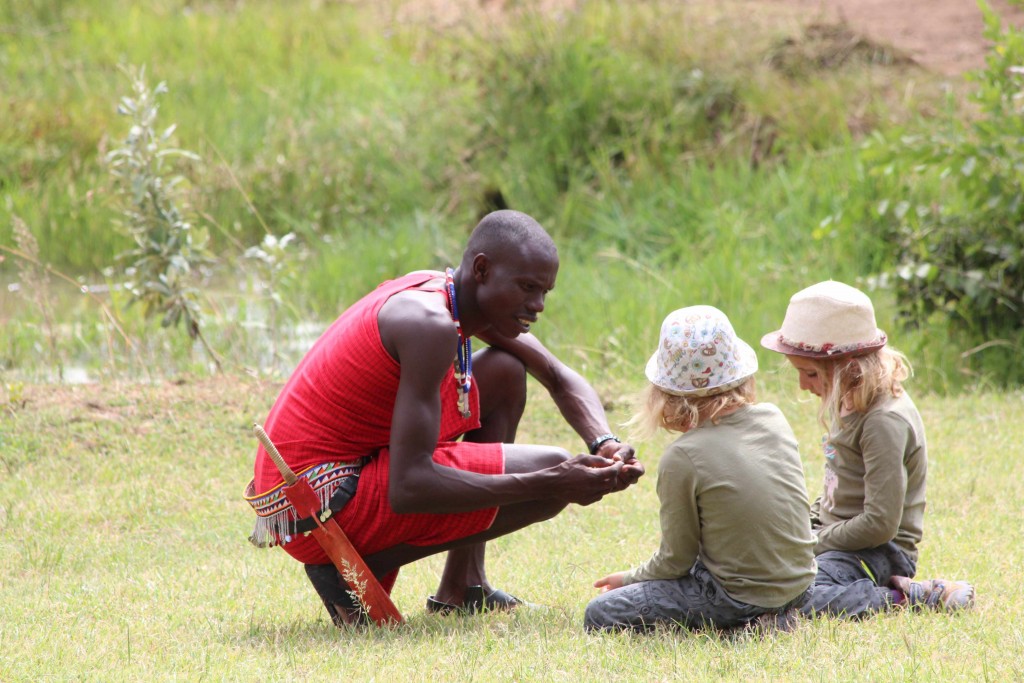
Maasai guide Sam sharing his knowledge with 7 year old twins, Lucie & Bella, at the Mara Bush Houses
So, all in all, a truly ethical safari with an absolutely brilliant bunch of Aussies. And the wildlife…. Holy moly! I don’t think I’ve ever seen the sheer volume of animals that we saw in the Mara anywhere else in Africa. The wildebeests were in their tens of thousands, far too many to count, and the sense of space you get on the vast plains of East Africa can’t be compared with anywhere else. And of course the huge numbers of herbivores draws big prides of lions. One group we saw had 9 cubs and at least 4 adults in the group. Lions mating. Lions stalking. Lions lying around, which of course is what they do best. I’ve never seen so many lions in one place.
A talk by resident Danish lion expert, Niels Mogensen, from the Mara Naibosho Lion Project, on the first day, really put things in perspective. The thing is, when you go on safari in a national park to see the animals, you could easily overlook the fact that there are local indigenous communities that live on the periphery and who are living with the wildlife and without their buy in the wildlife wouldn’t stand a chance. Maasai culture is centred on their cattle, which represent wealth and status, and over-grazing by cattle could be a serious threat to the Mara ecosystem, but community-based tourism gives them an alternative income source. Maasai herders are compensated if a lion kills one of their cattle. It’s not perfect, and it’s an ongoing process to try and find a harmony between people’s needs, their culture and the conservation of wildlife. But I think all of my group walked away with a deeper understanding of the reality of conserving this region’s wildlife, and the challenges local community and conservation workers face in finding a balance that works for everyone.
Now time for just a few of my favourite pictures showing a few of the highlights of our safari…. And if you’d like to experience the Maasai Mara with me, I can’t recommend it highly enough and I will be taking a group there for the wildebeest baby boom from 20-27 February next year so please contact me if you’d like to join. This is no ordinary safari. You’ll be with me and a small group of like-minded individuals on the experience of a lifetime, hand picked and organised by me all the way through. Here’s what a couple of my group members from this trip had to say about it!
“It was such a wonderful time the group was great thoroughly enjoyed our meals with each other as it was still intimate with the 13 of us! Such fun we had! With you as our leader you were just perfect! I am so glad I have met you (finally) and travelled with you, you are an inspiration! Keep up all your fantastic work!” Leonie Bayley
“Tammie, it was such an amazing time- it all seems like a dream!! It certainly was the experience of a lifetime. You did an amazing job coordinating it all and creating such a wonderful experience for all of us. Hopefully one to be repeated!” Sheelin Coates
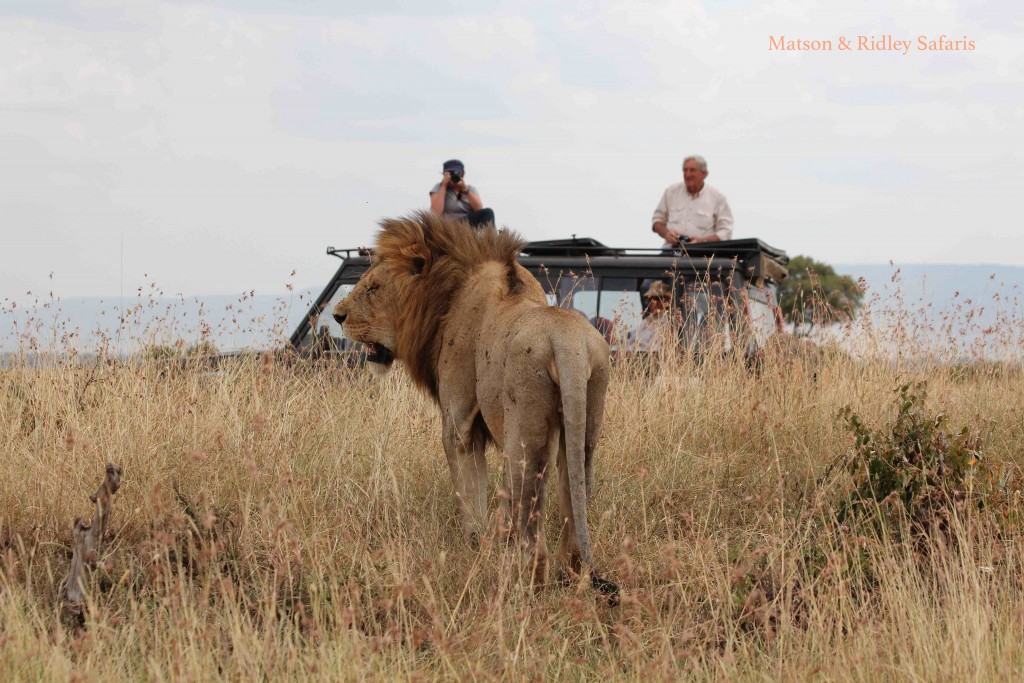
Our group watches a\n exhausted male lion (in between a week of mating every twenty minutes). That’s John and Fiona on top of the vehicle!
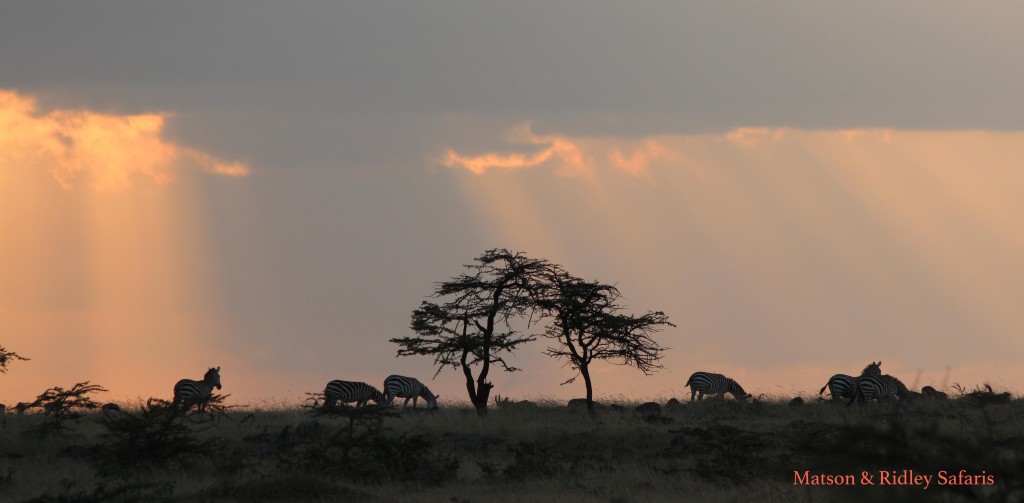
Zebras at sunset. I took this photo while watching a pride of lions right next to the car, which shows you that we saw a lot of lions in that I was starting to watch zebras instead!
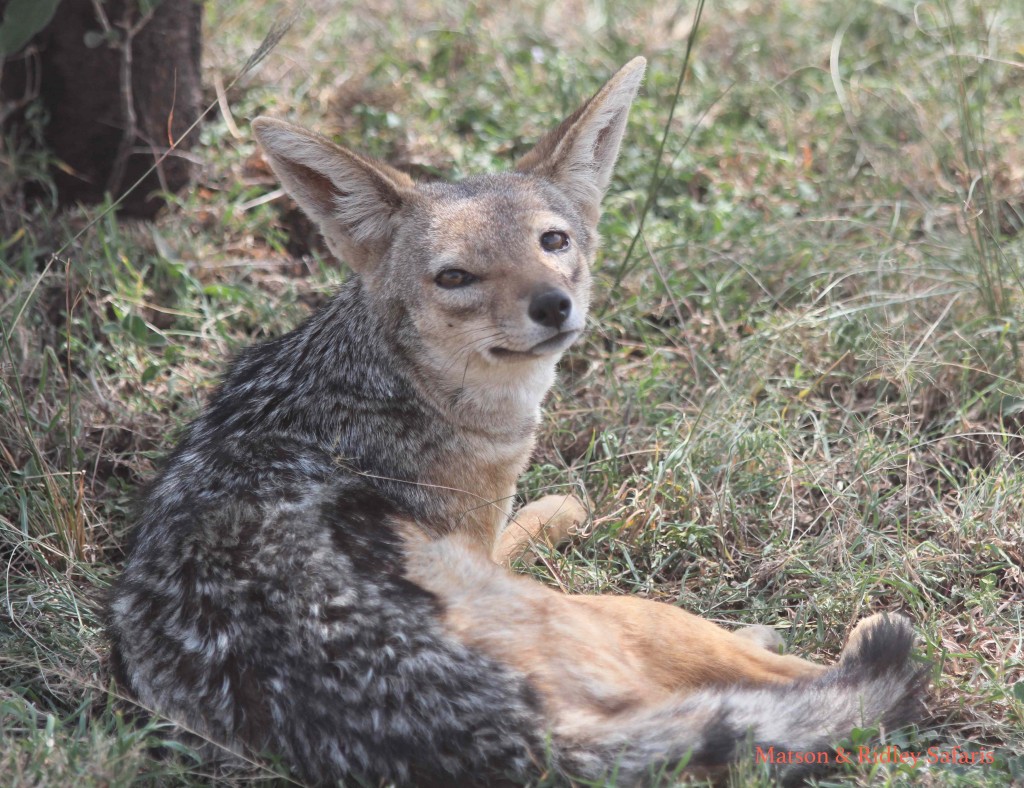
Black backed jackal – we saw a lot of these as there were plenty of carcasses around for them to steal bits off
Africa in the Green Season – Two Special Deals!
One of the most common questions I get asked about Africa is “When is the best time to go?” The answer to this isn’t as simple as you might think, and anyone who’s experienced the complexity of Africa’s seasons will tell you exactly that.
Of course, there is a typical ‘safari season’ between June and October, which is when most people go, during the cooler dry months when there is limited rainfall, moderate temperatures, grasses are low, many shrubs (like the mopanes in southern Africa) drop their leaves, and consequently visibility for wildlife sightings is better. In East Africa, the safari season is when you’ve got the best chance of seeing the famous Great Wildebeest Migration. The disadvantage of going in the ‘prime time’ for safaris, between about June and October, is that you pay a premium for the experience, in some places almost twice the price of other times of year.
So when do the locals go on safari? Well, here’s the big secret. It’s often not peak season, but in the ‘green’ season, between about November and May. Personally it’s my favourite time of year and here’s why I reckon it’s worth considering.
1) Baby animal fiesta
When the rains finally come in Africa, nature responds with fresh green grass and this triggers a baby boom that will melt the heart of even the most hardened game ranger. Baby impalas, baby cheetahs, baby springboks, baby wildebeests, baby zebras…. It’s a very special time of year around Feb/Mar when many of the babies drop and I just love being there then to witness it.
2) Epic thunder storms
To me Africa’s always been a place where I feel truly alive. It’s hard to explain if you haven’t been there. But during a thunderstorm the energy of the place is even more amazing. There’s nothing like the smell of fresh rain on earth that hasn’t seen water in six months or so. The photography opportunities afforded by the striking cloud formations as a big storm comes in are a dream for photographers. Sure, you might get bogged in the mud the next day, but hey that’s part of the fun!
3) Won’t hurt your wallet as much
Another major advantage of travelling in the green season is that prices are much lower because it’s not peak season. Sometimes you can pay more than half the price of peak season in the most popular safari countries like Kenya and Botswana. So your money stretches further, which means you can stay in Africa longer!
My Green Season Safaris in 2016
I am leading two ethical safaris in 2016, the first to Kenya’s Maasai Mara in Feb/Mar and the second to Botswana’s Okavango Delta & Makgadigadi Pan in Oct/Nov, both limited to 10/12 people plus me (yep, you have your own personal zoologist all the way through and I will tell you everything you ever wanted to know about the mating behaviour of dung beetles and the like!). If you’d like to join one of these groups, let me know or contact me for more information.
Kenyan Maasai Mara Safari – Feb/Mar 2016
Day 1: Visit to Daphne Sheldrick’s elephant orphanage & overnight at Ole Serene Lodge, a luxury hotel in a game park in Nairobi
Days 2-4: 3 nights at Naibosho Camp, Maasai Mara, a unique community partnership in an astounding area for wildlife
Days 5-7: 3 nights at the Mara Houses, Maasai Mara, like living in your very own bush house in the wilderness
US$5250/person sharing – limited to 12 people (if we get more than 8 people I can reduce the price of this one further).
All inclusive price (all accommodation, meals, drinks etc), but excludes international flights.
This is exactly the same as my sold-out safari to Kenya this July (peak season), but with an extra night and for a lower price!
Botswana Okavango and Makgadigadi Safari – Oct/Nov 2016
Days 1-3: Arrive in Maun and fly to Pelo Camp, an eco-friendly oasis on a wildlife-rich island in the heart of the world heritage listed Okavango Delta. Activities include wildlife viewing by both mokoro (wooden dugout canoe) and open vehicle.
Days 4-7: Return flight to Maun & drive to Meno A Kwena Camp, home to the San Bushmen & overlooking the Boteti River. Includes cultural activities with the San Bushmen, the chance to see wild meerkats & a full day excursion & sleep-out at the Makgadigadi Pans National Park.
US$5,500/person sharing. Limited to 10 people plus me.
All inclusive price (all accommodation, meals, drinks etc), but excludes international flights.
Dates will be confirmed as numbers firm up, but I need to book these camps now before they sell out so drop me a line now if you’re interested!
Only 4 spots left for Kenya in July!
This is THE year to go to Kenya, with prices being so much lower than usual due to the masses being scared off due to ebola in west Africa (a long, long way from Kenya – you’re closer to the ebola countries in London than you are in Nairobi, just to put it in perspective). I only have 3-4 spots left on this amazing journey that makes a difference in the world famous Maasai Mara during the time of the Great Wildebeest Migration, led personally by me. Not to mention a private viewing at Daphne Sheldick’s elephant and rhino orphanage in Nairobi on the first day – utterly unforgettable!
If you’re ever going to do it, this is a great way to go, travelling with a small group of 10, plus you’ve got me there for everything you every wanted to know from a zoologist’s perspective, making friends for life with like-minded folks. Ask anyone who went on my last safari in Botswana – there’s a special kind of magic on a Matson & Ridley Safari because of the kind of people who join me…. Grab your spot now!
For full details on my Kenyan safari click here and contact me for an itinerary. I’m finalising numbers now so don’t wait!
Join me in Kenya’s famous Maasai Mara in July
There’s never been a better time to go to Kenya, as while tourist numbers are down you’ll get better deals to travel there than ever before. Kenya is EBOLA FREE (the ebola zone in west Africa is closer to London than it is to Nairobi) and the terrorist attacks that have been highlighted in the news, including the one at Westgate shopping centre last year, are nowhere near the safari areas. Those in the know are making the most of the great deals while they last!
I’ve managed to secure an amazing deal for a group to join me in the world famous Maasai Mara ecosystem from 15-21 July 2015, so if you’ve ever wanted to see this incredible country at its finest and in style, with your own personal zoologist on hand to ask about everything from the antelopes to the dung beetles, now’s your chance! If it’s half as good as my last group safari to Botswana then those who join me on this safari are in for a real treat.
As always on the tours I lead, I’ve picked the camps to ensure complete comfort in the bush, but the real advantage of these camps is the exclusivity. I always try and pick camps that operate in partnership with local indigenous communities, and this safari is no different. Plus, because the camps are in private game reserves, you get the huge numbers of wildlife without the huge numbers of people – and that makes a big difference when you’re on your safari of a lifetime – trust me!
So this safari kicks off in Nairobi, the capital of Kenya, with a night at the Ol Sereni Hotel, a hotel in a game park in the city (yes really!). We have a private viewing with the adorable orphaned baby elephants and their wonderful keepers at the David Sheldrick Wildlife Trust that afternoon, organised just for us, an experience you’ll never forget.
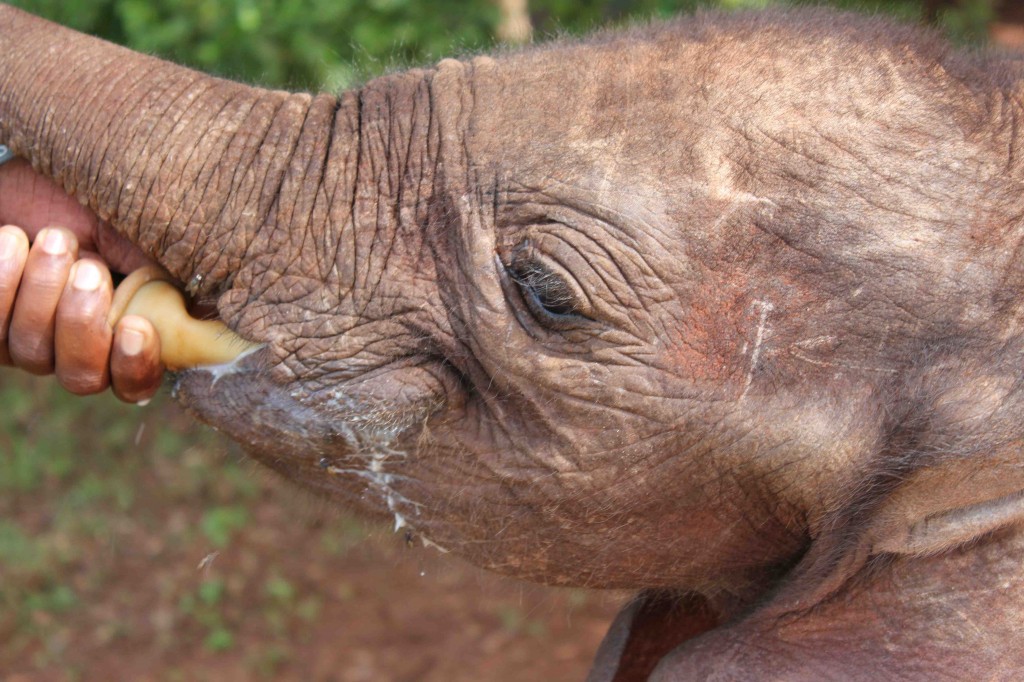
Baby elephant being fed by a keeper at the David Sheldrick Wildlife Trust, Nairobi (credit: Tammie Matson)
Then the next morning, it’s off to the Maasai Mara for the wildlife experience of a lifetime! I’ve intentionally picked July to go as that’s the start of the Great Wildebeest Migration. With nature of course there’s no guarantees, but July-October is generally the time of year when your chances are best of seeing the wildebeest migration in this part of Africa. The area is also famous for its big cats and has an abundance of plains species, including giraffes and zebras.
Our first camp for two nights is Naibosho Camp, a community partnership with the local Maasai community. It’s part of the 50,000 acre Mara Naibosho Conservancy and adjoins the Maasai Mara Game Reserve, which we will visit during our time there. Naibosho literally means ‘harmony’ and every aspect combines comfort with considerations for the environment, providing a luxury tented camp that touches the earth lightly and benefits the locals. Here you can expect to see everything you’d see in the Maasai Mara Game Reserve itself, but without the crowds.
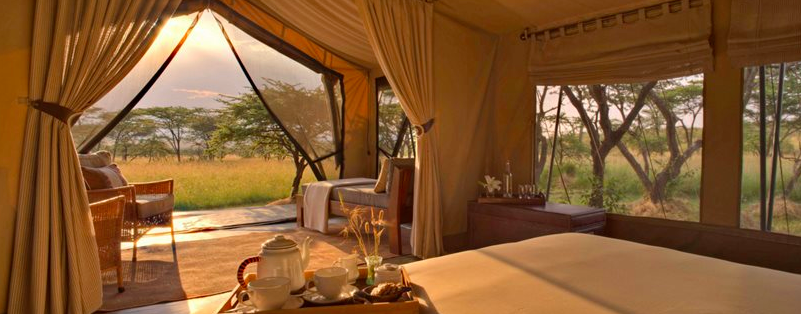
Tent at Naibosho Camp
Then we have 3 nights in two private houses, the Mara Bush Houses, in a different part of the Maasai Mara ecosystem. Each room has its own private ensuite and of course, the whole experience is tailored for you, with private vehicle and guides of the highest standard. This area is run in partnership with a local Maasai family, the Looseyia family.
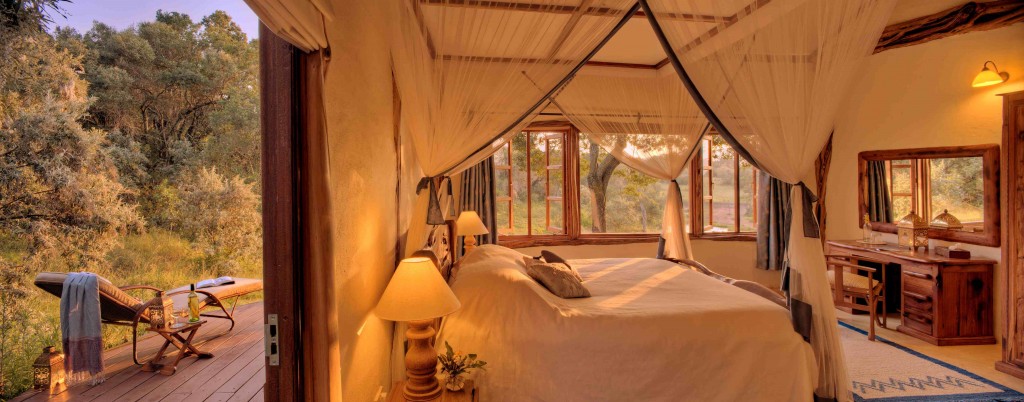
Mara Bush House room & verandah (Credit: Asilia)
If you’d like to join me on this exclusive Maasai Mara safari for an unforgettable week, plus our own private viewing at Daphne Sheldrick’s famous elephant orphanage, let me know by clicking here. Kids over the age of 12 are more than welcome as long as they are accompanied by a guardian/parent. Once you get in touch I’ll send you an itinerary and costing by email. Numbers are strictly limited (10-12) and places won’t last, so grab your spot now!
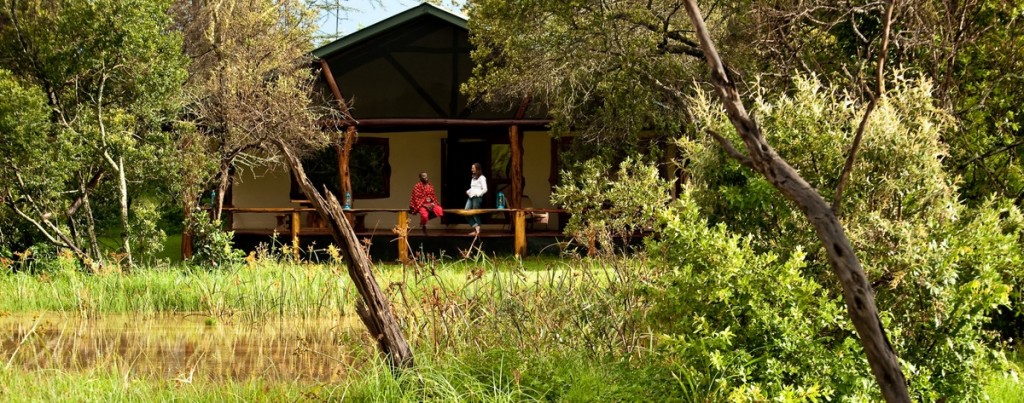
One of the Mara Bush Houses from the outside (credit: Asilia)

